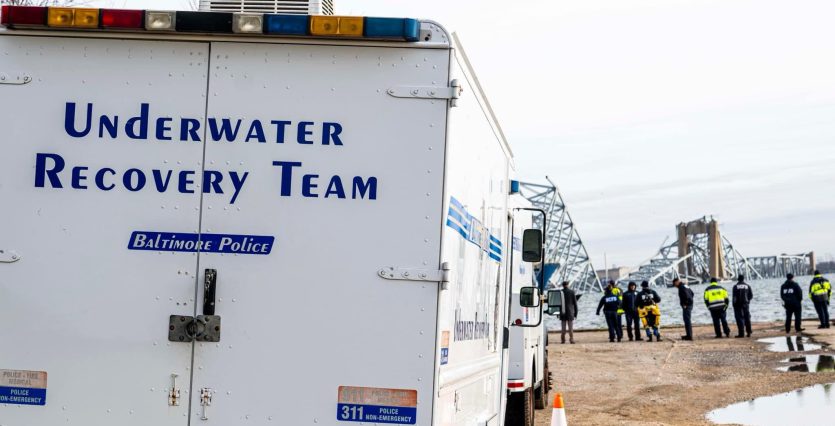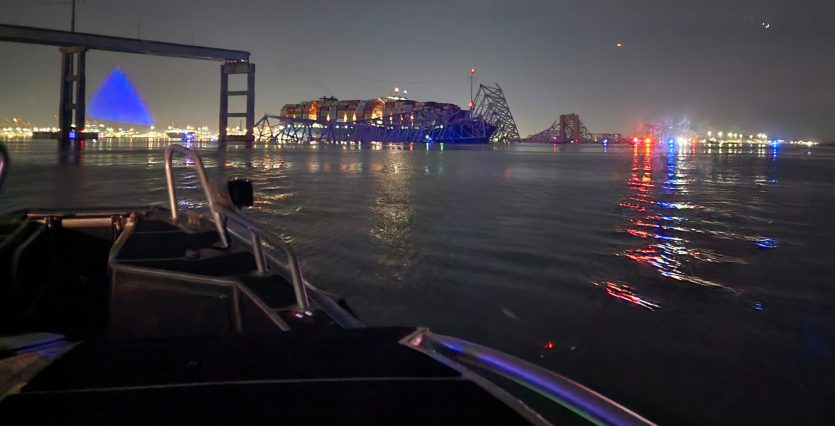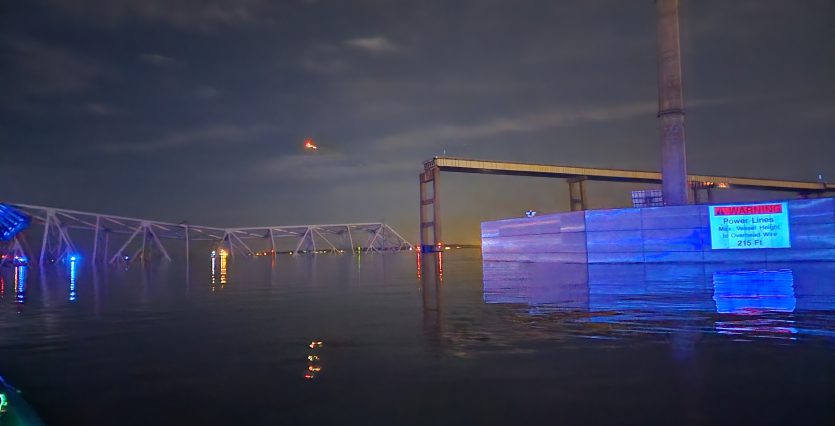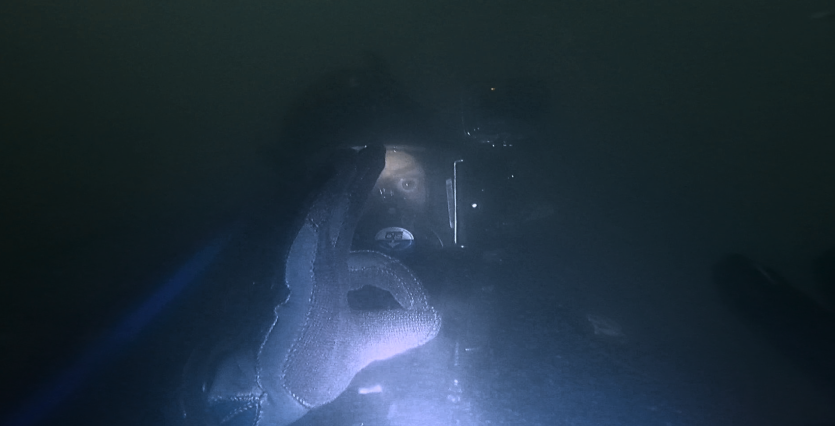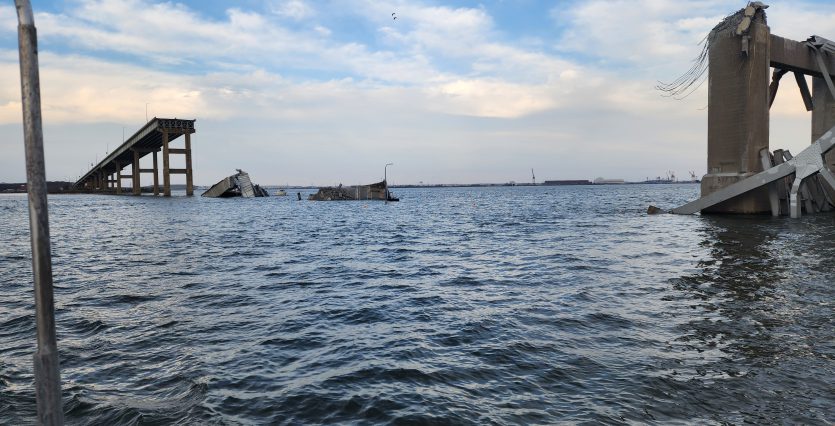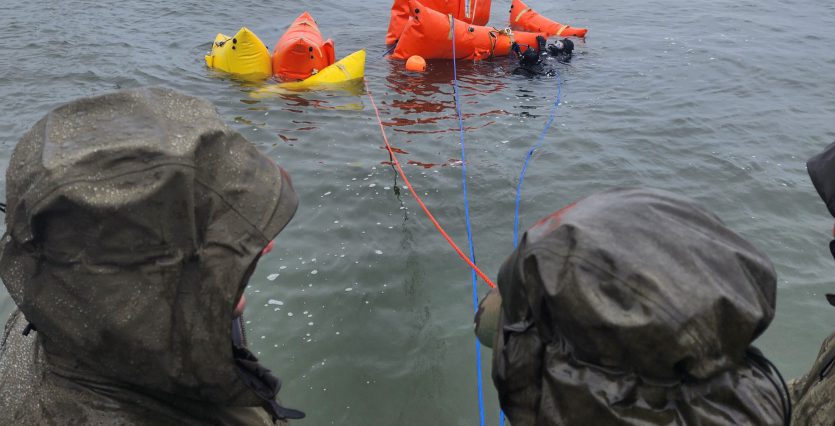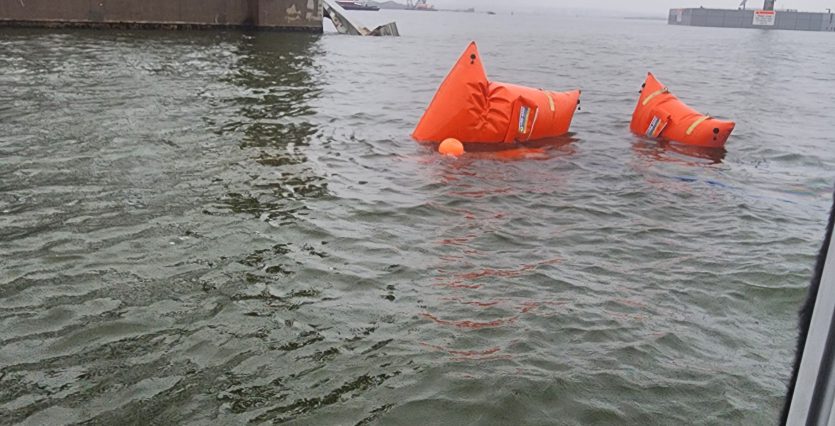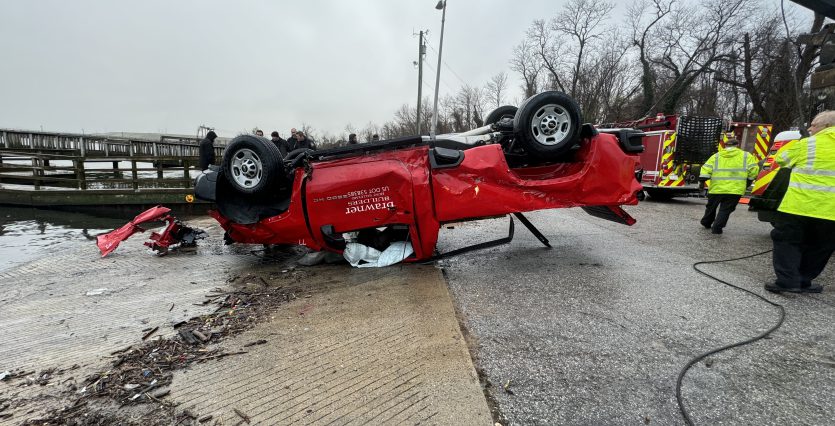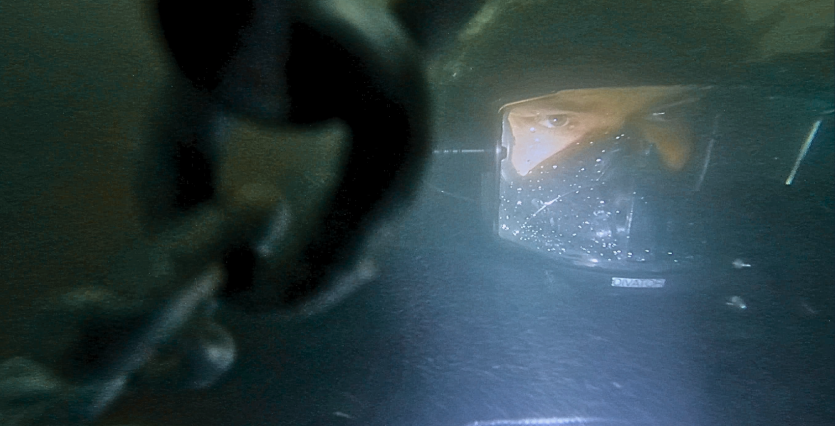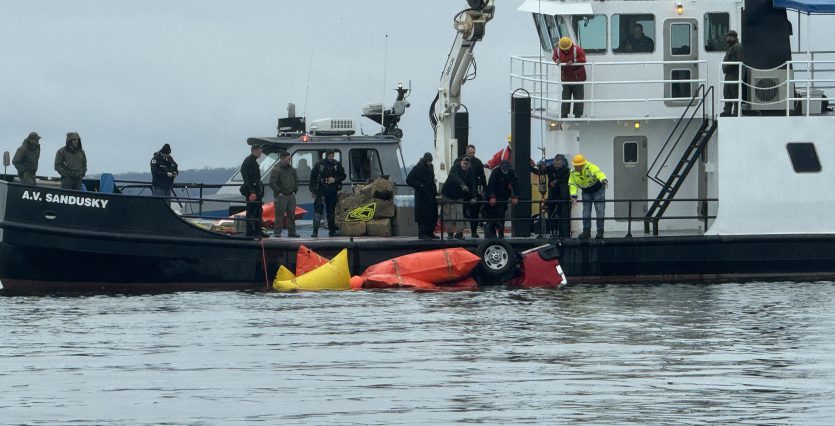I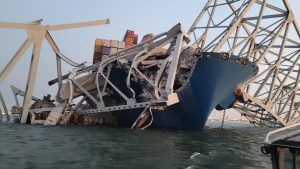 n the wake of the tragic Key Bridge disaster, the Baltimore Police Department Underwater Recovery Team faced an extraordinary challenge. The sudden collapse of the bridge, despite the swift action by the Maryland Transportation Authority Police to shut it down, resulted in the loss of six lives. The ongoing investigation into the causes of the collapse underscores the gravity of the incident.
n the wake of the tragic Key Bridge disaster, the Baltimore Police Department Underwater Recovery Team faced an extraordinary challenge. The sudden collapse of the bridge, despite the swift action by the Maryland Transportation Authority Police to shut it down, resulted in the loss of six lives. The ongoing investigation into the causes of the collapse underscores the gravity of the incident.
Initial Response and Rescue Effort
The responsibility of searching for the missing workers and their submerged vehicles fell upon the Baltimore Police Department’s Underwater Recovery Team, led by NAUI Instructor Trainer Sgt. Kurt Roepcke, #55008. The emergency call came in during the early morning hours, summoning all divers to the scene for an immediate search and rescue operation. Sgt. Roepcke’s team, comprised entirely of trained NAUI Public Safety Divers, navigated through the tangled metal and debris, rescuing two workers who had survived the collapse and plunged into the frigid 48-degree (F) water.
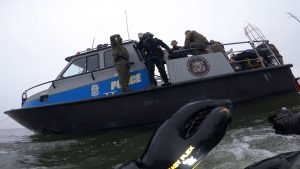
Locating and Recovering the Vehicles
The team’s rapid response and preparedness were crucial in confirming the loss of six individuals. Initial searches using side scan sonar and remotely operated vehicles (ROVs) extended throughout the night and into the following day. Sgt. Roepcke and his team successfully located and cleared the first vehicle, continuing their efforts to find the remaining vehicles. With the aid of Video Ray ROV and Blue View Sonar, they discovered an inverted vehicle a few yard away from a light tower trailer on the seabed.
Collaboration and Recovery Operations

The Baltimore City Team, which included Baltimore Police Divers, Baltimore Fire Divers, and Anne Arundel County Fire Divers, deployed divers to search the vehicle, locating the final two missing workers inside. The Maryland State Police then assumed control, planning to mark the vehicle with a buoy for recovery at sunrise. However, the Coast Guard ROV was unable to locate the marker buoy the next morning, necessitating the deployment of divers from the Baltimore Marine Unit. These divers eventually recovered the vehicle, which was initially floated and righted for transport.
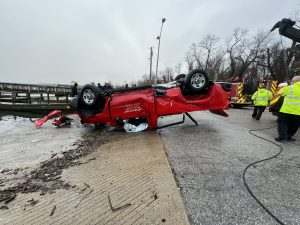 Challenges and Techniques Used
Challenges and Techniques Used
As the vehicle was towed towards the boat ramp, it struck submerged debris, altering the plan to recover the workers from the vehicle and bring them to shore separately. The vehicle itself was later recovered at the boat ramp.
Throughout this operation, Sgt. Roepcke’s team performed numerous dives in the treacherous, 48-degree water, constantly vigilant for entanglement hazards from the twisted steel and debris. Various techniques, including lift bags, tackle, salvage cranes, and dragging, were employed to recover the vehicles. Within a few days, the final victims were recovered, providing some solace to their families despite the tragic loss.
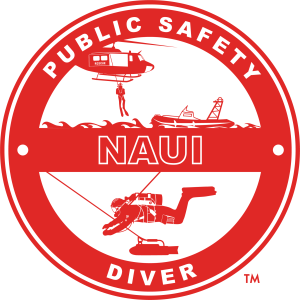 Dedication to Training and Safety
Dedication to Training and Safety
The dedication and training of the Underwater Recovery Team, led by Sgt. Roepcke, were instrumental in managing the risks and ensuring the highest levels of safety and efficiency. This type of demanding diving is a testament to Sgt. Roepcke’s career-long commitment to NAUI and the NAUI Public Safety Diver training course. A member of the NAUI PSD Training Committee since its inception in 2015, Sgt. Roepcke’s expertise is invaluable to the course and its materials.
 Acknowledging Exceptional Capabilities
Acknowledging Exceptional Capabilities
Sgt. Roepcke’s unwavering commitment to training and maintaining his team’s skills enabled them to respond swiftly and operate efficiently in a dangerous and demanding environment. The tragic Key Bridge disaster will be remembered and investigated, highlighting the exceptional capabilities of the Baltimore Police Department’s Underwater Recovery Team and their ongoing operational excellence.



